Here’s another interesting 50-state infographic compiled by HowMuch.net about The Real Difference Between Minimum and Full Coverage Car Insurance. It shows the average annual cost of auto insurance for both the minimum level required by law (usually only liability to pay for damage you caused) and full coverage (adds collision and comprehensive to pay for damages to your own vehicle).
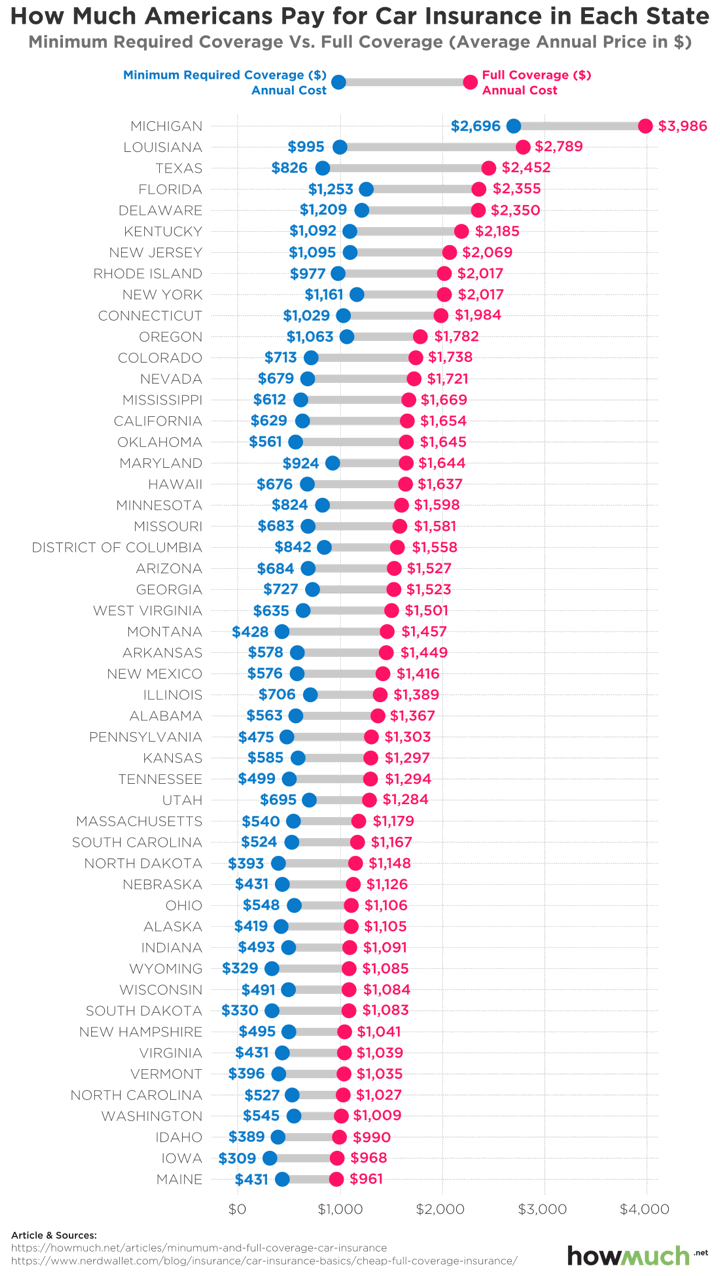
I was surprised at how much auto insurance costs vary by state. Minimum coverage easily varies from $500 to $1,000 a year. But what’s up with Michigan? How can every driver afford $2,700 a year for insurance?
I’m rather spoiled as my annual premium for full coverage is $600 a year ($50 a month) for each car, and that includes the higher liability limits required to qualify for umbrella insurance. Of course, I’m now old and boring. But even when I was in my 20s, I don’t remember it costing more than $100 a month.
Many state insurance departments maintain a database of insurance premiums that can help you find the insurer with the lowest prices in your area. See: Big List of Auto Insurance Premium Comparisons for All 50 States.
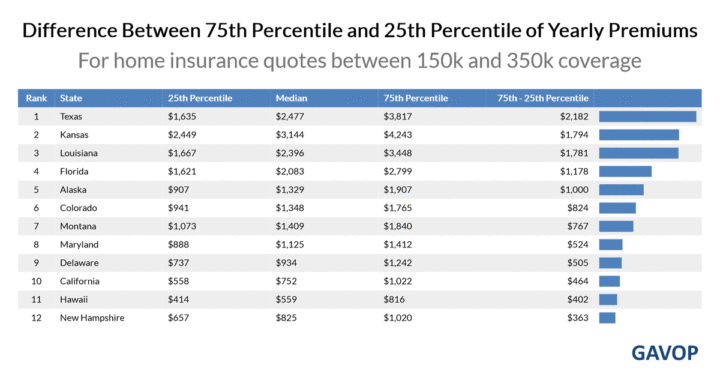
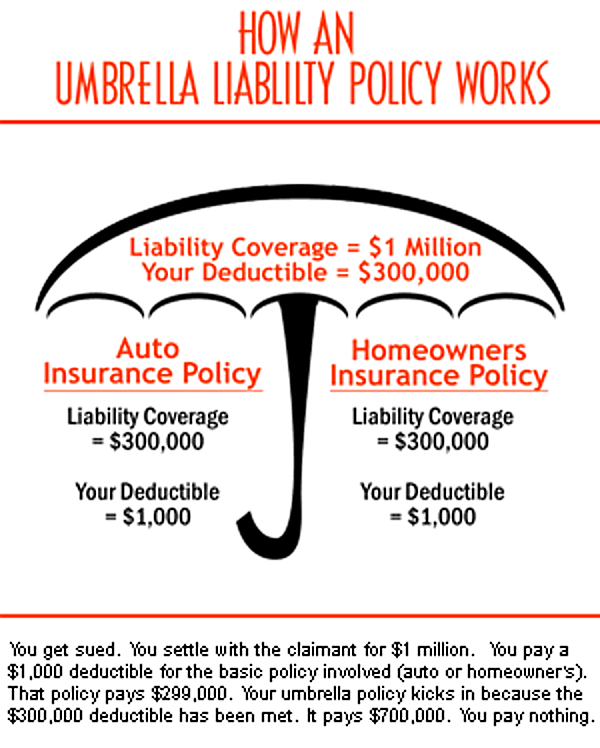
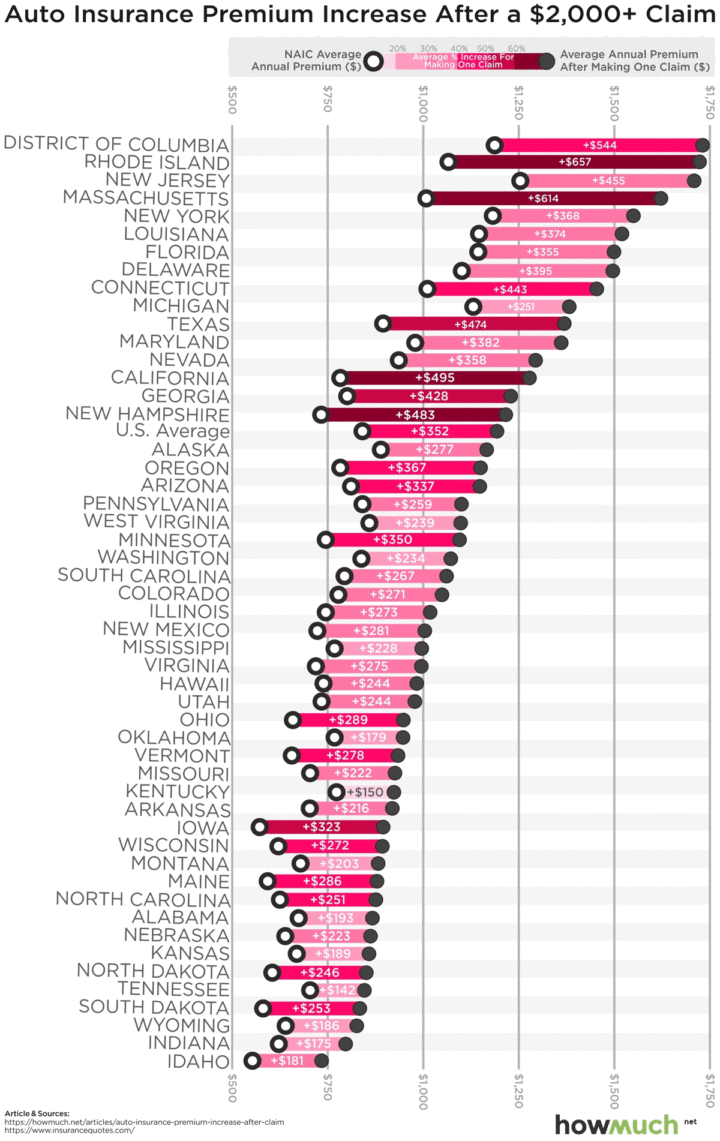
 Day 6 of the
Day 6 of the 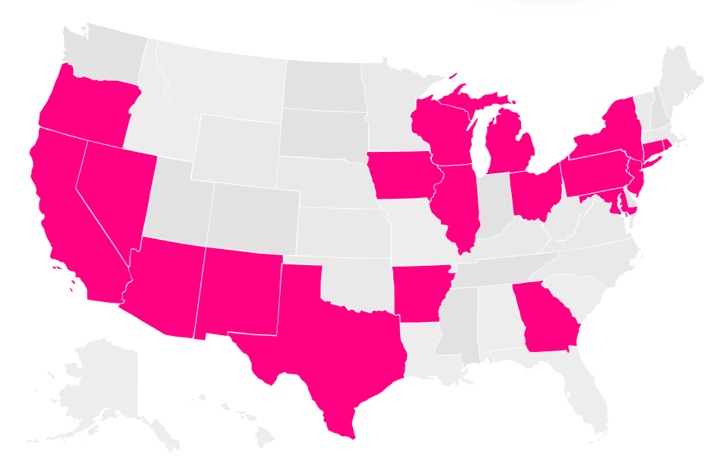
 Updated July 2018. Lemonade continues its rollout – see map above. Get a
Updated July 2018. Lemonade continues its rollout – see map above. Get a 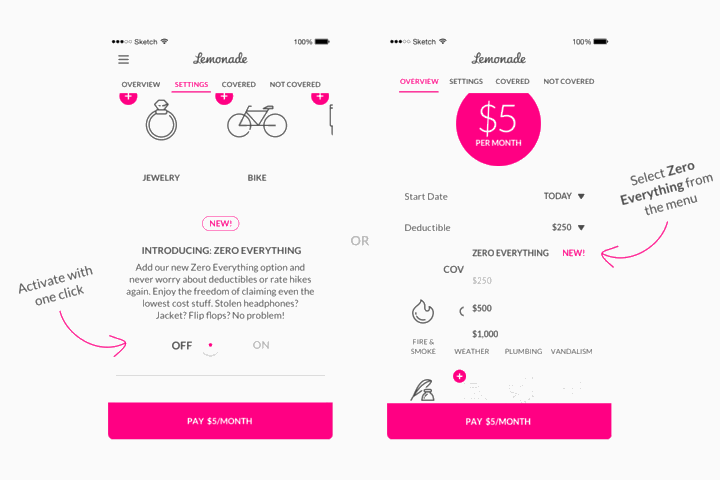
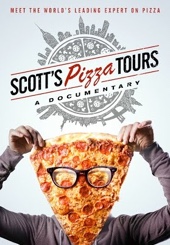 I’m a sucker for people turning their unique interests into a profitable small business, especially a quirky one-person business (like this person who
I’m a sucker for people turning their unique interests into a profitable small business, especially a quirky one-person business (like this person who  The
The 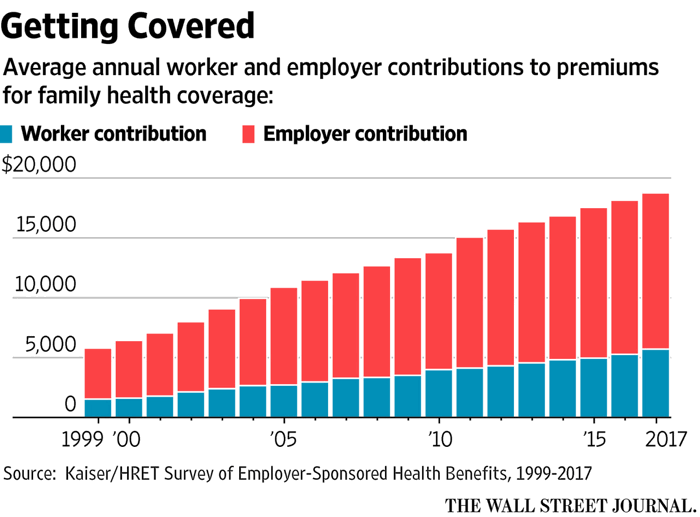
 Nearly 30% of covered workers are now enrolled in a high-deductible health plan (HDHP). This means a lot more people are also eligible to contribute to a Health Savings Account (HSA). HSAs have the unique feature of triple-tax-free savings when used as designed:
Nearly 30% of covered workers are now enrolled in a high-deductible health plan (HDHP). This means a lot more people are also eligible to contribute to a Health Savings Account (HSA). HSAs have the unique feature of triple-tax-free savings when used as designed: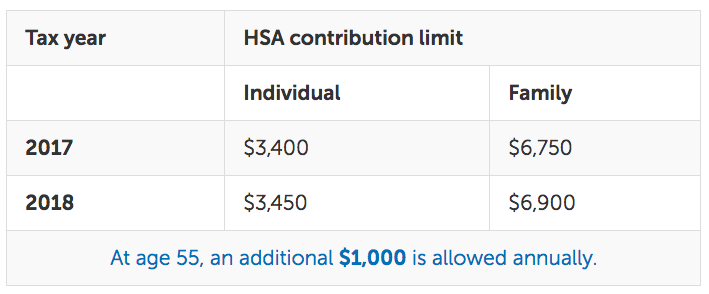
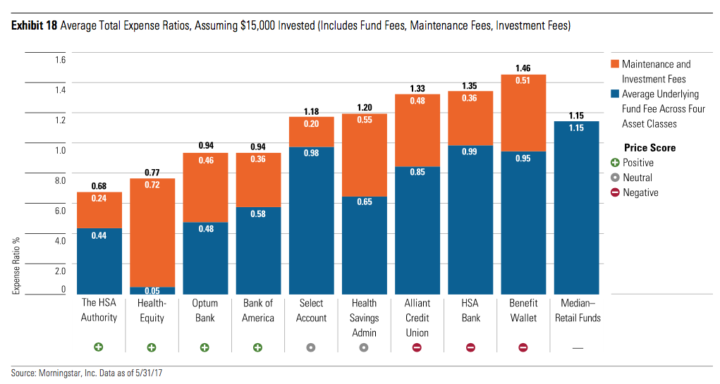
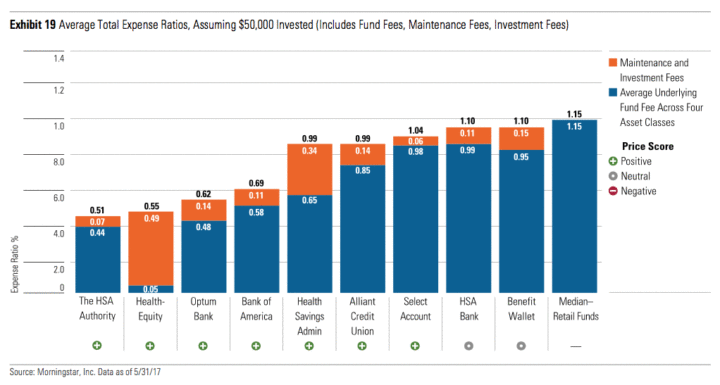
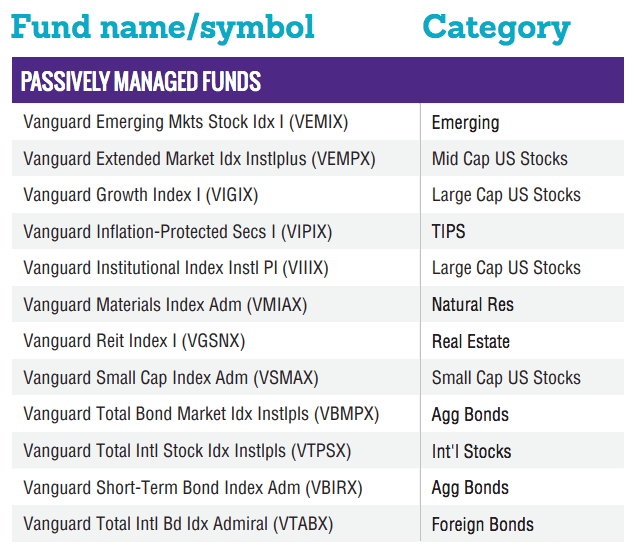
 The Best Credit Card Bonus Offers – 2025
The Best Credit Card Bonus Offers – 2025 Big List of Free Stocks from Brokerage Apps
Big List of Free Stocks from Brokerage Apps Best Interest Rates on Cash - 2025
Best Interest Rates on Cash - 2025 Free Credit Scores x 3 + Free Credit Monitoring
Free Credit Scores x 3 + Free Credit Monitoring Best No Fee 0% APR Balance Transfer Offers
Best No Fee 0% APR Balance Transfer Offers Little-Known Cellular Data Plans That Can Save Big Money
Little-Known Cellular Data Plans That Can Save Big Money How To Haggle Your Cable or Direct TV Bill
How To Haggle Your Cable or Direct TV Bill Big List of Free Consumer Data Reports (Credit, Rent, Work)
Big List of Free Consumer Data Reports (Credit, Rent, Work)